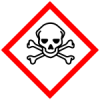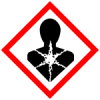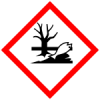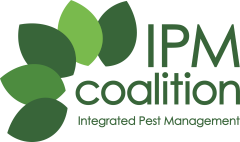The Producer has a plan to phase out by 2021 pesticides listed in category 1 of the Globally Harmonized System of Classification and Labelling of…
Coalition status
Chemicals that are banned by the Bonsucro…
Details
Toxicty
GHS safety labels
- H300

Fatal if swallowed
Class: Acute Toxicity
Subclass: Oral - H310

Fatal in contact with skin
Class: Acute Toxicity
Subclass: Dermal - H330

Fatal if inhaled
Class: Acute Toxicity
Subclass: Inhalation - H360
May damage fertility or the unborn child (state specific effect if known)(state route of exposure if it is conclusively proven that no other routes of exposure cause the hazard)
Class: Toxic to Reproduction - H372

Causes damage to organs (state all organs affected, if known) through prolonged or repeated exposure (state route of exposure if it is conclusively proven that no other routes of exposure cause the hazard)
Class: STOT
Subclass: Repeated exposure - H411

Toxic to aquatic life with long lasting effects
Class: Aquatic
Subclass: Chronic
